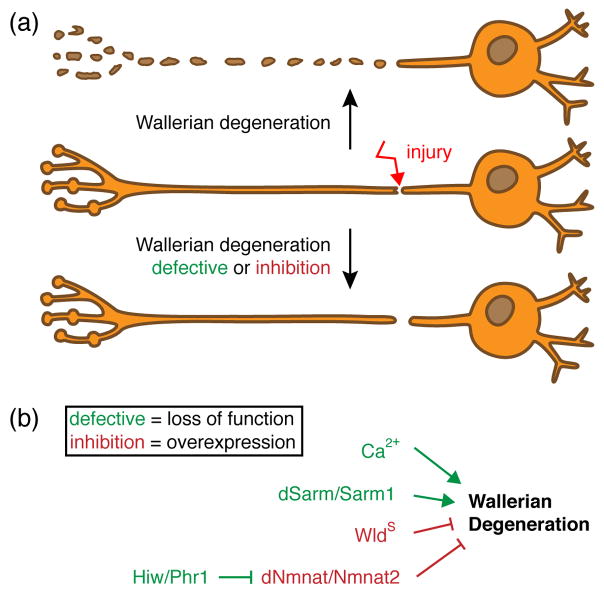Figure 4. Molecular pathways mediating Wallerian degeneration.
(a) Upon injury, the distal – from the soma separated – axon will undergo Wallerian degeneration (WD), which results in catastrophic axon self-destruction and clearance of resulting axonal debris by surrounding glial cells. WD can be attenuated, either by loss-of-function mutations of genes required for WD (green) or by over-expression of genes that inhibit it (red). (b) Factors that mediate WD are extracellular Ca2+ ions, dSarm/Sarm1 and the E3 ubiquitin ligase Highwire/Phr1. Loss of those candidates result in defective WD. In contrast, genes that antagonize WD are the neomorphic WldS and dNmnat/Nmnat2. Over-expression of those genes will lead to the inhibition of WD.

